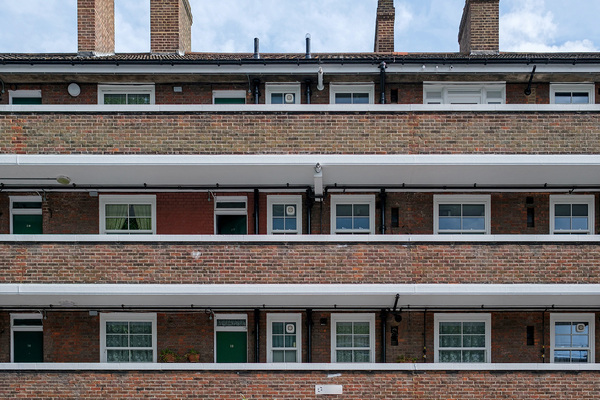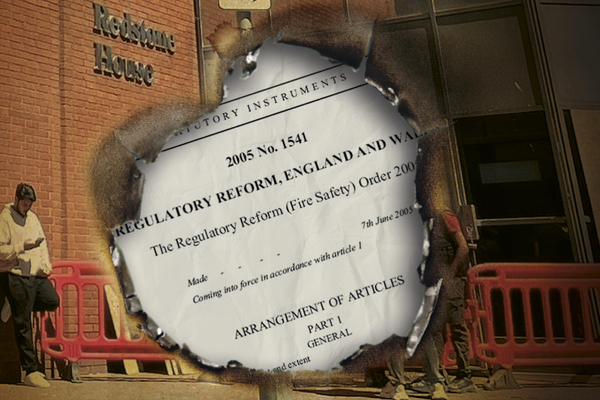CPD module: identifying and addressing anti-social behaviour
Anti-social behaviour can prevent social landlords from providing safe properties and communities where individuals can thrive. Rebecca Larkin, head of tenancy and safer neighbourhoods at Midland Heart, explains how to identify and address anti-social behaviour. Read the article, take a test at the bottom of this page, earn CPD minutes

Anti-social behaviour can prevent social landlords from providing safe properties and communities where people can thrive (picture: Alamy)
Subscriber only content
This article is exclusive to subscribers only.
To view, subscribe here or login below.
Latest stories







